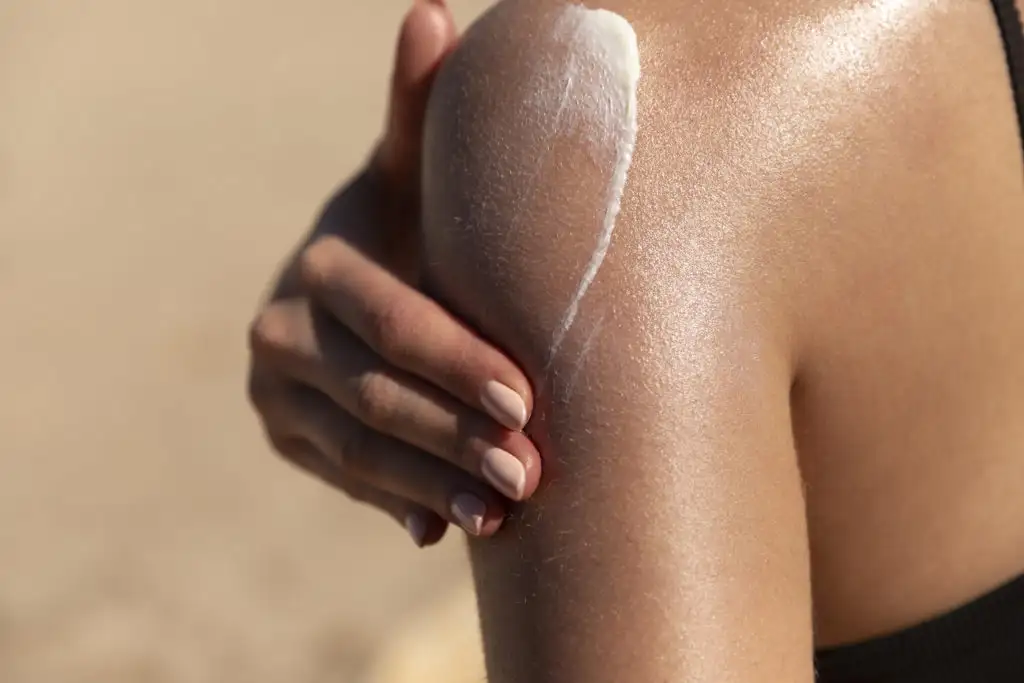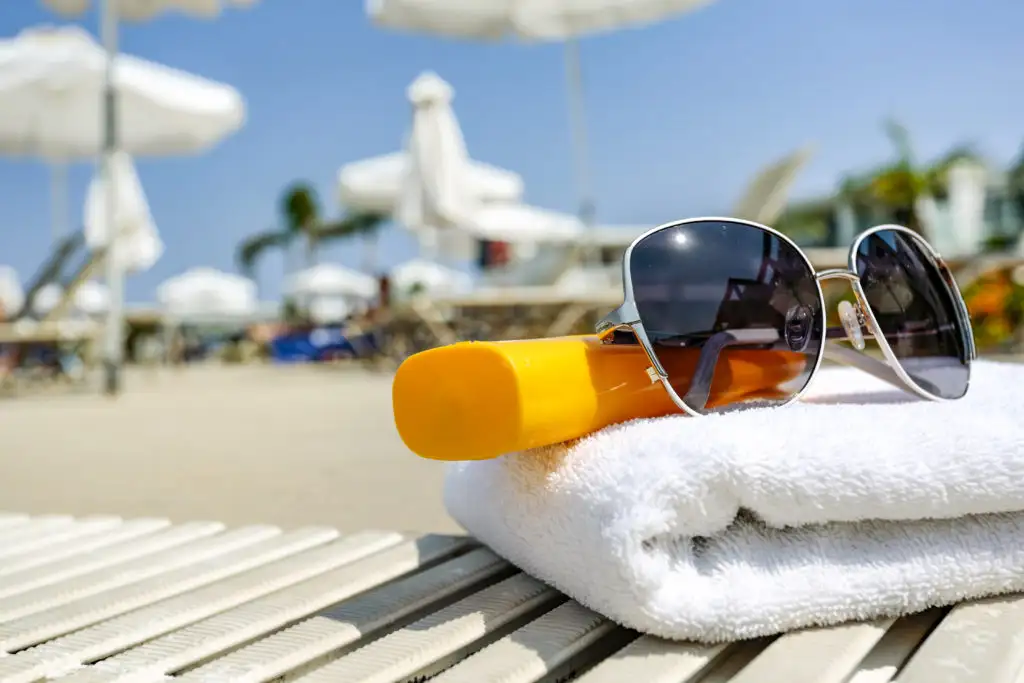Getting back out there means getting into the sun. It’s time to reacquaint yourself with the latest and best strategies for avoiding damaging UVA and UVB solar rays.
While Americans staycationed in 2020, sunscreen manufacturers diversified into a wider variety of formulations that address different types of skin and protection needs. In September, the Food and Drug Administration (FDA) is to release updated guidance for sunscreen formulations and use. Meanwhile, some manufacturers anticipated the new guidelines with this year’s crop of products. Here are recommendations from dermatologists and sunscreen experts about the latest sunscreen formulations and how to get the most from them.
How Much SPF Do You Need?

One of the biggest points of confusion about sunscreen is which SPF you should buy. The assumption is that the higher the SPF, the greater the protection. Technically, that’s true, but only to a point.
“We tell people that SPF 30 to 50 is the sweet spot,” said Gloria Lu, a cosmetic chemist and co-author, with Victoria Fu, of Skincare Decoded. “SPF 50 blocks 98 percent of UV rays but SPF 30 blocks 97 percent. The difference is not as great as people think.”
Critics say that standard SPF tests do not replicate real-world conditions, which means that labels and use recommendations are not likely to provide the protection that consumers think they’re getting.
Most sunscreen labels advise consumers to reapply sunscreen every two hours, or when it washes off or dilutes with sweat or water. But that’s just not realistic, say experts.
Simply reapplying every two hours does not take into consideration real-world conditions: the time of day (and thus, the intensity of the sun’s rays); activities that can erode the sunscreen film from one’s skin (such as high-contact activities like sliding, or carrying children); and, of course, how sweat and water dilute sunscreen. Swimming isn’t the only water activity that sloughs off sunscreen: watering plants while gardening and frequent handwashing necessitate endless reapplication of sunscreen.
The biggest issue, said Beth Goldstein, a dermatologist and founder of the Central Dermatology Center, is that lab tests assume a thicker layer of sunscreen to obtain the promised sun protection factor (SPF) but consumers prefer lighter, more sheer, and less obvious applications. Intuitively, she said, consumers use less sunscreen to avoid a theatrical makeup look, but in doing so, inadvertently forfeit the level of protection they think they’re getting.
“If you put on a product with an SPF of 15, you’re actually probably getting an SPF of 4,” said Goldstein. “That’s why the higher SPF numbers are recommended.”
The industry is moving fast to offer a variety of products that address consumer concerns. For instance, some new formulations do not include chemicals that can cause environmental damage while providing sheer, effective protection.
Experiment with formulations and then stick with the one that you will actually use on a daily basis, said Goldstein. Sun exposure adds up, with skin cancers typically emerging in late middle age. “UVB causes DNA damage to your skin’s basal layers,” said Goldstein. “Your tan fades, but the damage to your DNA does not.
Mineral Sunscreen vs. Chemical Sunscreen
Mineral sunscreens suspend sunblocking minerals (zinc oxide or titanium dioxide) in a cream. Applied with a heavy hand, mineral-based sunscreens can cast a white mask over the user’s face, but some newer products offer sheer formulations that eliminate the issue.
Chemical sunscreens rely on chemicals to react with incoming UVA and UVB rays and neutralize the rays’ effects on skin. Chemical sunscreens must be used carefully, as frequently applied, thick layers can leach chemicals into the user’s skin.
Dermatologist-Recommended Sunscreens

Dermatologists recommend these broad-spectrum brands, easily ordered online or found at cosmetics specialty stores:
- Elta MD. This dermatologist-created mineral sunscreen quickly blends into skin, providing translucent protection.
- Sonrei sunscreen. Available in both chemical and mineral options, this sunscreen is also reef-safe.
- GetMr. Dermatologist Beth Goldstein found that her male patients valued convenience, so she launched this all-in-one sunscreen and moisturizer that’s specifically formulated for daily use by men.
You Might Also Like:
• The Best and Worst Rental Car Companies in North America• 10 Quintessential Fall Weekend Trips
• The 8 Scariest Haunted Hotels in the World
• Your Questions About Online Passport Renewal, Answered
• How To Skip To The Front Of The Airport Security Line…Every Time
We hand-pick everything we recommend and select items through testing and reviews. Some products are sent to us free of charge with no incentive to offer a favorable review. We offer our unbiased opinions and do not accept compensation to review products. All items are in stock and prices are accurate at the time of publication. If you buy something through our links, we may earn a commission.
Related
Top Fares From
Today's Top Travel Deals
Brought to you by ShermansTravel
12-Night Peru Escorted Tour, Incl. Sacred...
Wingbuddy
 vacation
$2198+
vacation
$2198+
Amsterdam to Copenhagen: Luxe, 18-Night Northern...
Regent Seven Seas Cruises
 cruise
$12399+
cruise
$12399+
Ohio: Daily Car Rentals from Cincinnati
85OFF.com
 Car Rental
$19+
Car Rental
$19+




